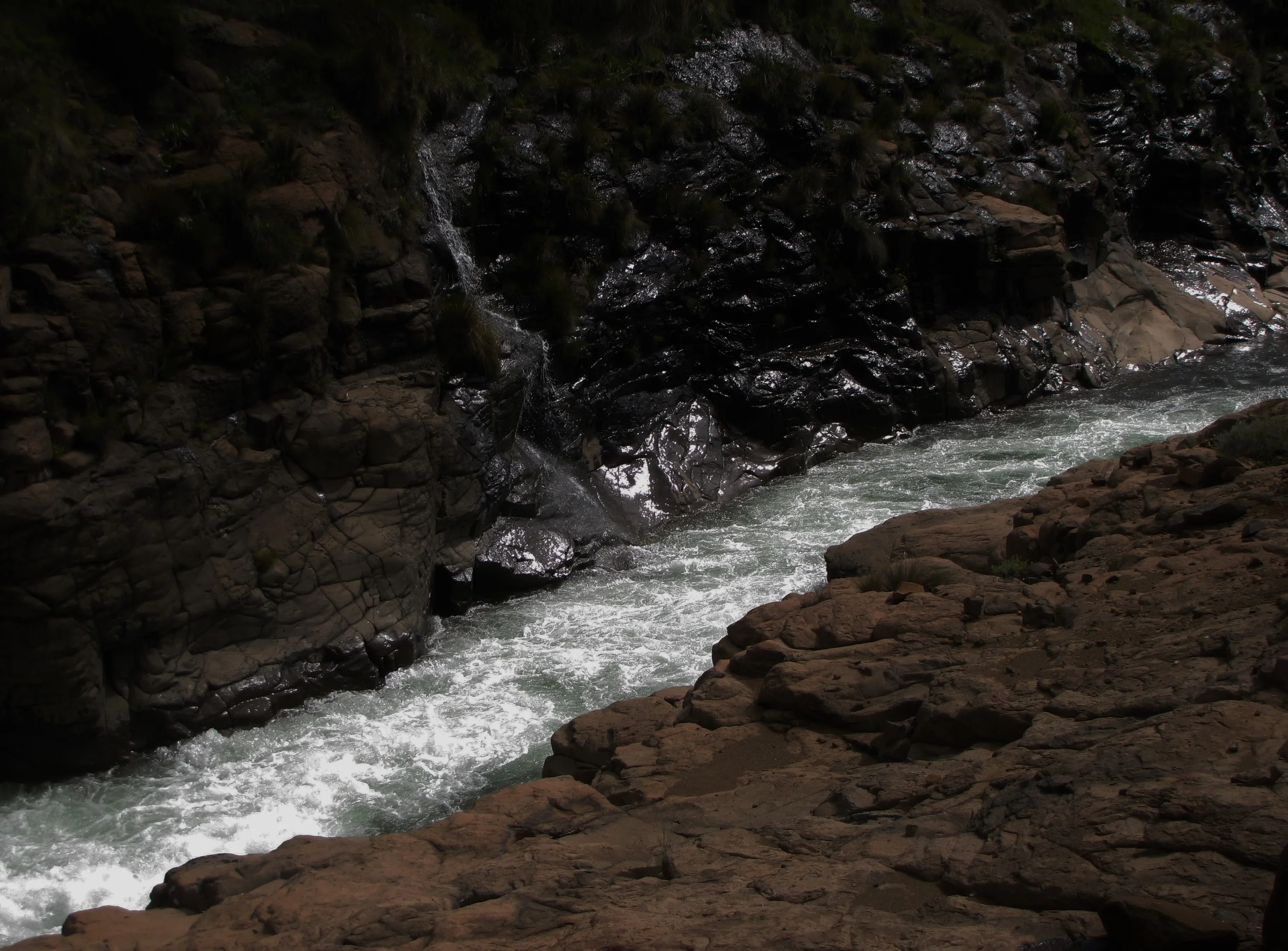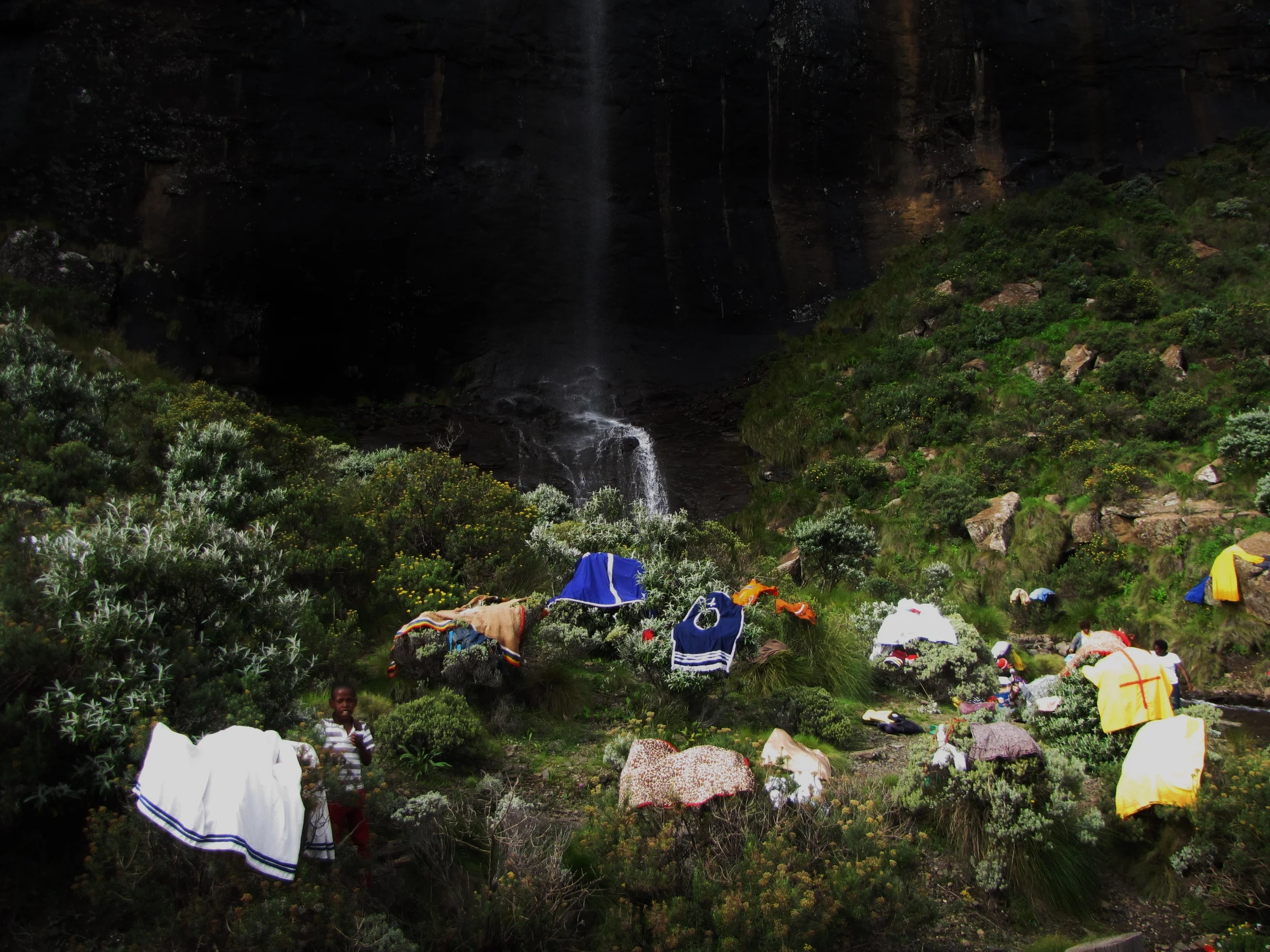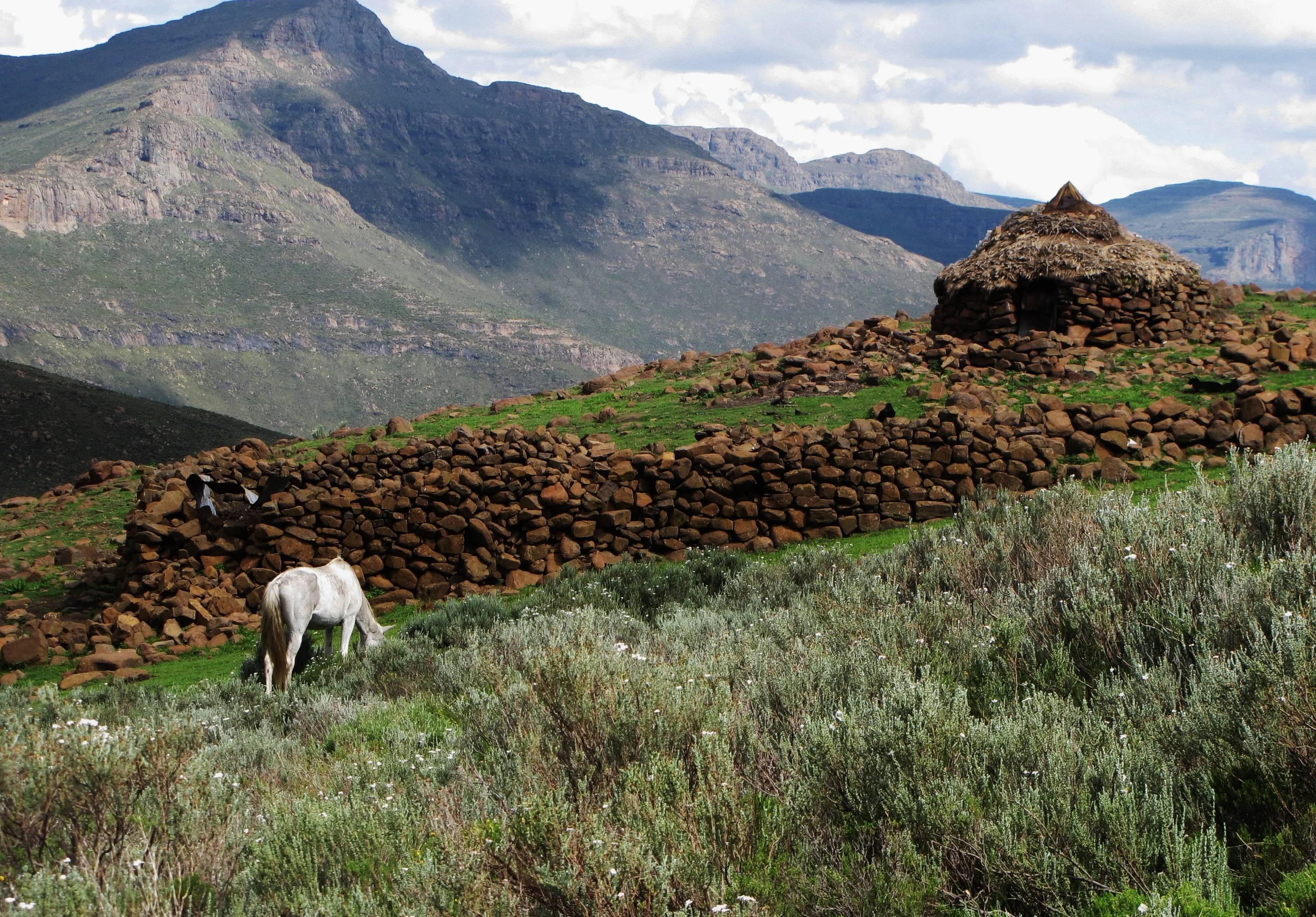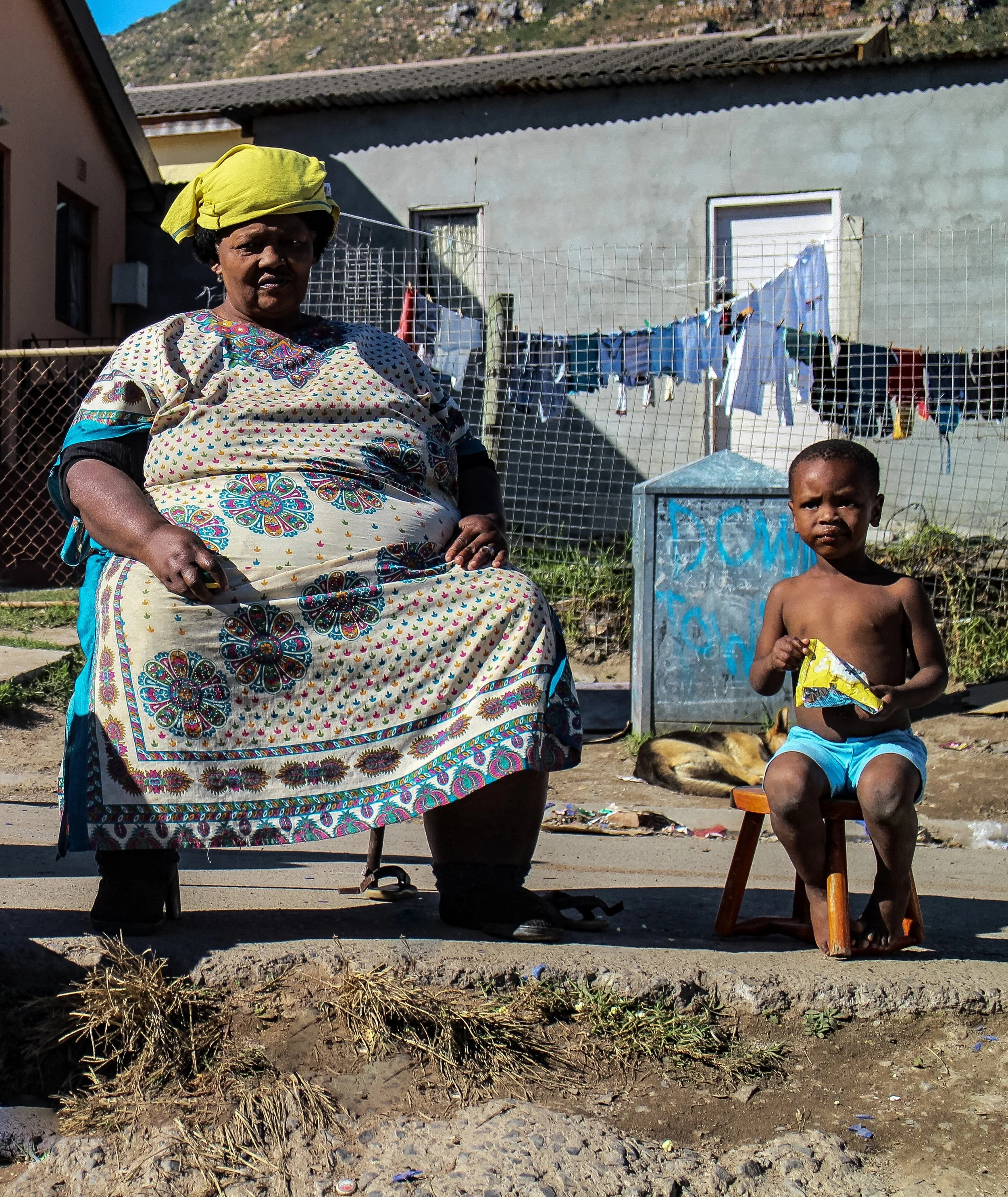PHOTOGRAPHY
WOMEN OF THE BIDI BIDI REFUGEE SETTLEMENT, NORTHERN UGANDA - VIEW FULL GALLERY
With an estimated population of 270,000 people, Bidi Bidi is the World’s largest refugee settlement. In August 2018, I visited on mission with UNHCR and met some of the South Sudanese refugee population living in the 250km squared settlement. These are some of the women carving out their daily existence in difficult circumstances. Many are there without husbands or male protectors, and with almost two thirds of the population under 18 years old, much of daily survival is concerned with the responsibilities of child rearing. Waiting for the services provided by the health clinics scattered round the different zones, from vaccinations to basic medical check ups, is time consuming but essential.
The Greek Refugee crisis - view full gallEry
From the summer of 2016 to the autumn of 2017, I documented life in and around the squats and refugee camps of mainland Greece watching how asylum seekers from Syria, Afghanistan and Iraq sought to bring dignity back to their lives in inhospitable surroundings.
Meeting the Himba women of northern Namibia - View full gallery
The Himba village, home to northern Namibia’s Hereo people, are subsistence pastorialists who survive on mealie pap and goat milk. Immense pride is taken in the preparation of their hair and hand woven jewellery but temperatures are brutal and water is scarce, so the women perform a daily dry bathing routine mixing burnt ochre and animal fat which gives their skin its famous terracotta hue.
the shepherds of the kingdom of lesotho - VIEW Full gallery
Young Basotho men and boys tend to sheep and cattle in Africa's mountain kingdom braving temperatures of -20 to +36 degrees. The otherwordly terrain is reminiscent of Tibet and Switzerland but with an unmistakably African feel; faith ceremonies take place at the foot of waterfalls, people travel by horse and donkey but blink, and you will see them overtaken by an Audi or BMW covered in tape and speed sensors for these luxury brands are testing their cars quietly on Lesotho's mountain roads.
Spirit healing and drug dealing in a south african township - view full gallery
On the outskirts of Cape Town's monied Atlantic Seaboard, lies the township of Imizano Yethu. Destroyed by wildfire in December 3015, each home of the township's 30,000 inhabitants were given eight pieces of corrugated metal, a door and a window by the municipality to rebuild what was lost. The inhabitants have since reconstructed their homes as best they can, but between open sewage running through the alleys and a nightly curfew to curb the high rates of serious crime, the people look for hope and humour in any way they can; a spiritual healer in his Zulu headpiece provides herbs and good omens for the future; a teenaged footballer does his maths homework and prays to get a scholarship to America; a young girl downloads a book on her phone about a handsome millionaire that falls for an ordinary girl from a poor background; and a fisherman sells marijuana on the side to clothe his children and send them to school.
The Death of Nelson Mandela, father of South Africa - View full Gallery
On 5 December 2013, the world froze and glued its attention to South Africa. Nelson Mandela - South Africa’s first black President, had died at the age of 95. The world's media descended on Johannesburg and watched people of all colours and creeds flock to the Apartheid hero's home in Houghton to say goodbye. Ninety-two heads of state, including Presidents Obama and Mugabe who could be seen viewing from the balcony, then arrived at the FNB Stadium in Soweto to attend Nelson Mandela's now legendary Memorial Service on 10 December. The media may have pronounced it an embarrassing flop, but for the people of Soweto, their voices echoed around the stadium in the rain as a 40,000 person voice choir sang on over the booing and disorganization, honouring the spirit of their own with struggle anthems of the Apartheid era. On 15 December, Nelson Mandela’s funeral took place in his ancestral village of Qunu in the Xhosa heartland of the Eastern Cape. The townspeople were not invited to attend the service but watched the funeral cortege pass from the road sides of Mmthatha and from the big TV screens erected overlooking the Mandela farm. As canons were fired, the South African air force flew overhead, Zulu warriors danced their farewell and tears fell from red eyes and the sky as South Africans mourned the father of their nation.
50 Years of Independence Celebrations in Ghana - View full Gallery
On 6 March 2007, Ghana was not just celebrating its fiftieth birthday, it was commemorating its trail blazing role inthe decolonization process. It was one of Africa’s first nations to gain independence from Colonial rule. As dignitaries and heads of state from all over the continent headed to Black Star Square in Accra to mark the occasion, a younger generation of Ghanaians flocked to the beaches and shore bars outside the city to celebrate the occasion.
Burundian Refugees of Mtabila Camp, Tanzania - View Full Gallery
In October 2011, it had been seven years since the end of the last Burundian civil war. It was therefore time for the remaining 38,000 Burundian refugees at Mtabila camp in Tanzania's Kigoma Province, to go home. The Republic of Tanzania had nationalised 162,000 Burundians already but this remaining number had proved a bridge too far. In the ten kilometres square camp of Mtabila, at least 50% of the refugee population were under 18 years old and many had never set foot in Burundi before. Meanwhile many adults had fled death, violence and a Hutu and Tutsi genocide so often overshadowed by the more sizeable figures of its neighbour Rwanda. Mtabila's inhabitants were nervous but in a move to encourage the Burundians to return home, the Tanzanian government had closed the schools in the camp. This has led to an additional surge in teen pregnancies and hordes of children running around in search of something to do.
Hours before the Cairo coup in egypt - View full gallery
On 28 June 2013, hours before the Tamarod (Rebel) protests were due to start and then end in a Coup D’état and the ousting of President Morsi, the streets of downtown Cairo were empty.
A walk down Mohammed Mahmoud Street off Tahrir Square revealed a glimpse of the upheaval and self- sacrifice of ordinary Egyptians during the Egyptian Uprising of 2011 and since, along with the massive human costs. The graffiti and murals on the walls depicted the young people who had died trying to over throw the torturous and corrupt regime of President Mubarak. These images of the martyrs have since been removed by an even more authoritarian regime, that of President Sisi who presides over the police state that has silenced all dissent and represents modern Egypt today.
Masai Security Guards, Zanzibar - View Full gallery
On the beaches of Zanzibar, young Masai men from the mainland are finding employment in their eye catching attire as security guards outside up market Zanzibari hotels.
Travels along the River Niger, Mali - view full gallery
It’s the dry season in Mopti and everyone is waiting for the rains to come, particularly the River Niger’s boat people who need the river levels to rise to resume transport access to Timbuktu.
Over towards the Burkina Faso border at the Falaise de Bandiagara, the Dogon people are staging an annual wrestling competition at sunset. It brings out the colourfully attired village people in droves who are also being given t-shirts bearing the President’s name to thank them for their support in the recent elections.
Wildlife Moments - view full gallery
Close encounters with birds, insects and mammals all over Africa.
Architecture - view full gallery
A work in progress.
















































